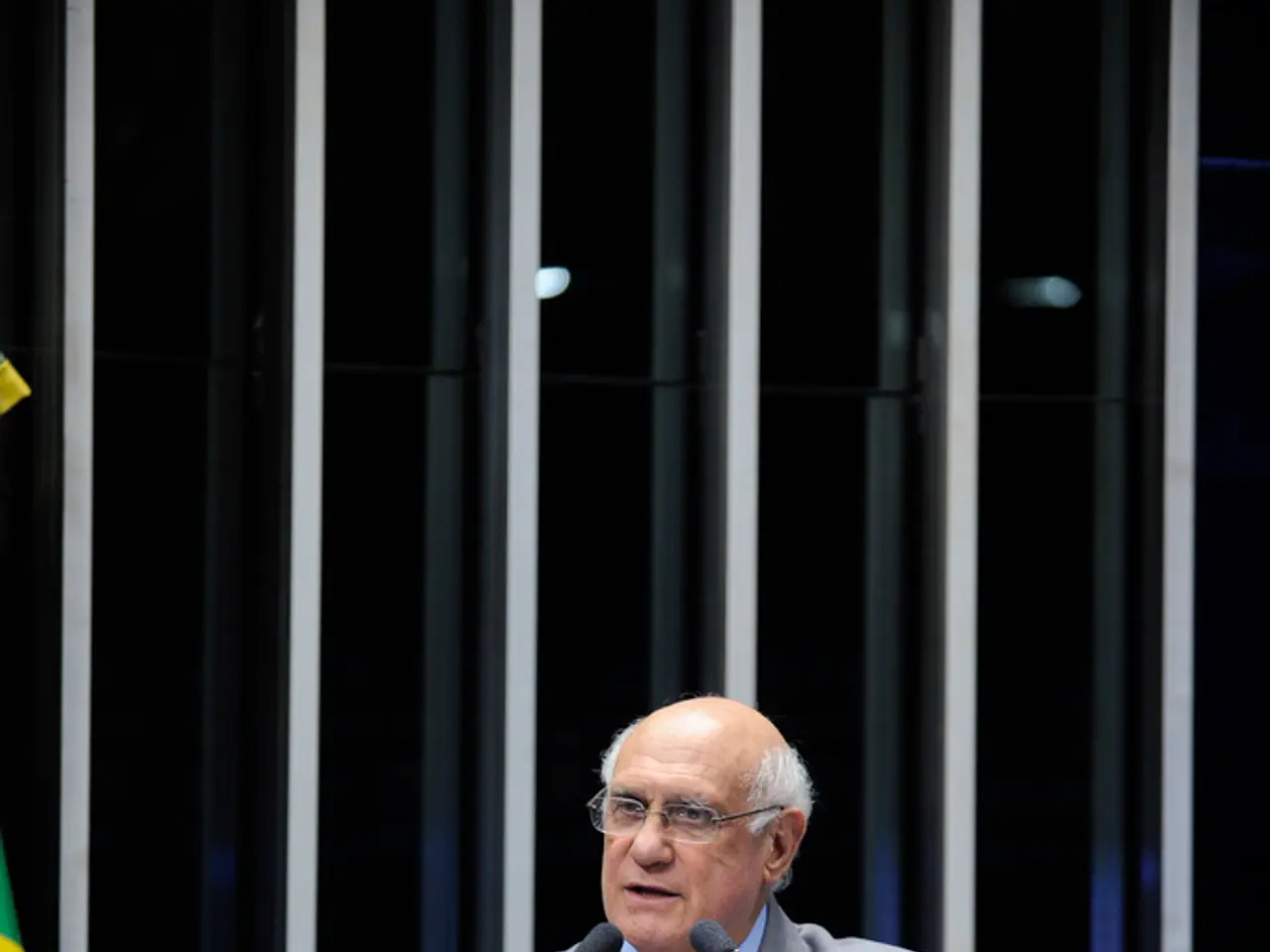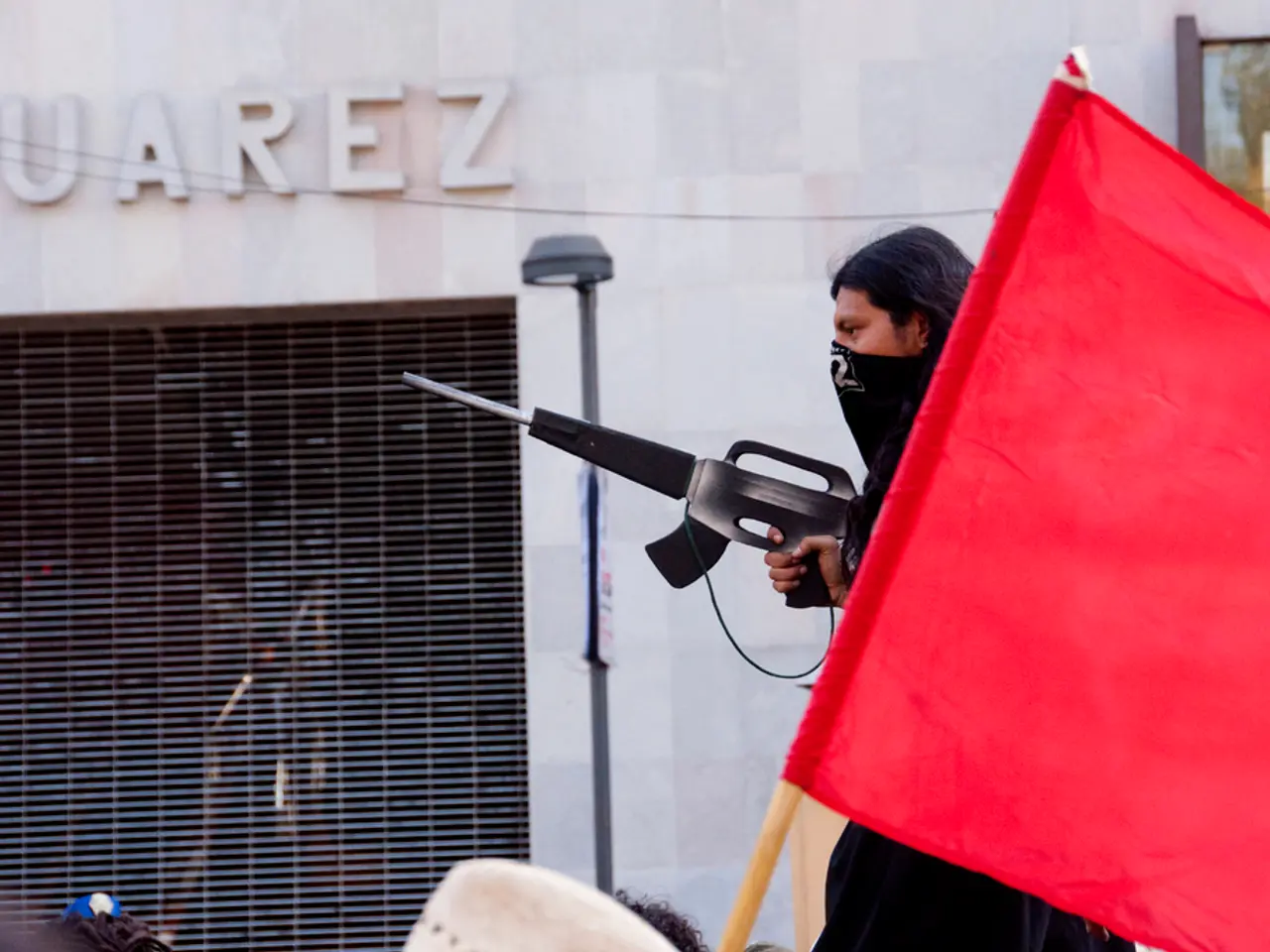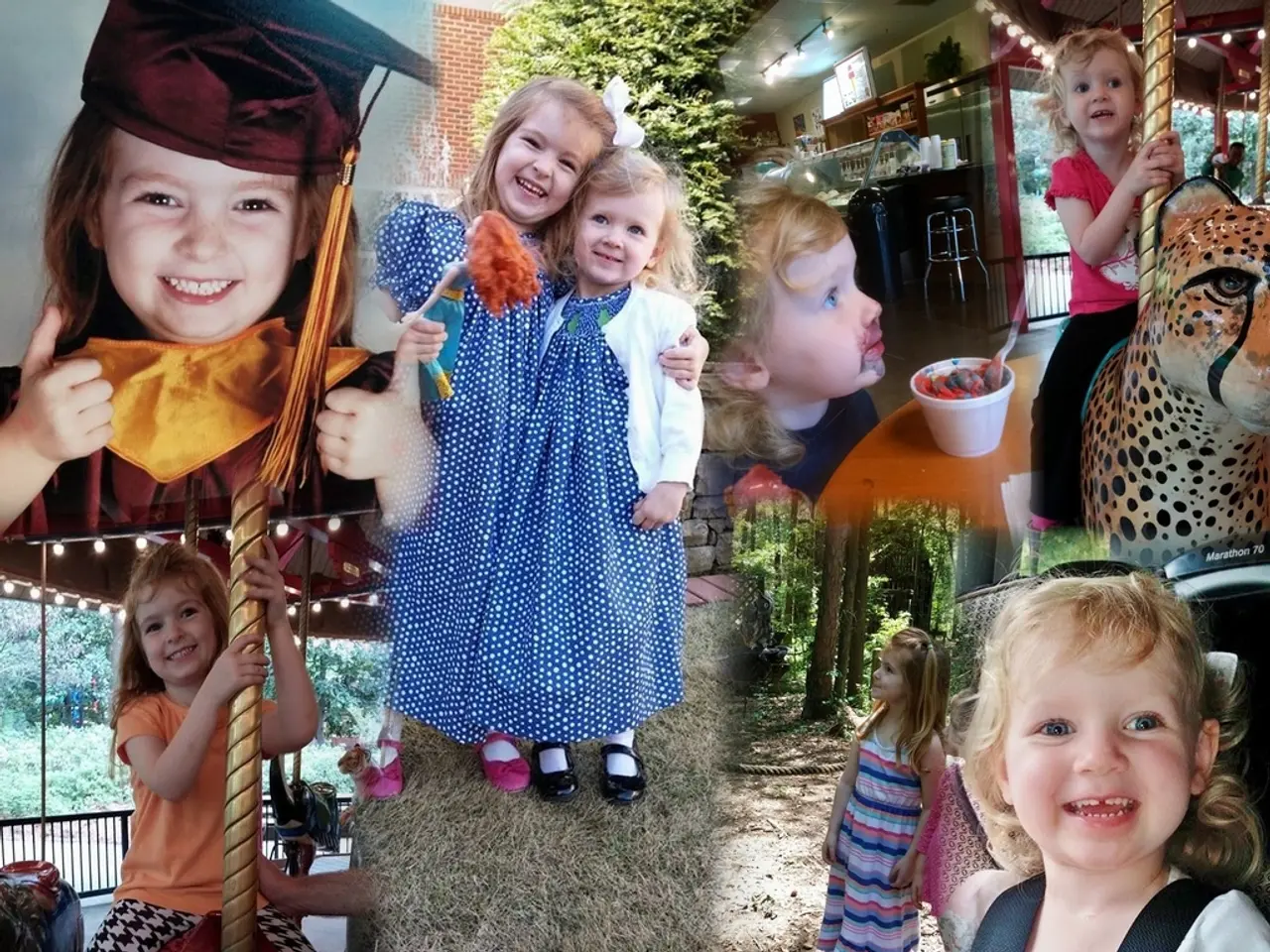Livestream Politics: Optimizing Live Streaming for Political Campaign Strategy
Live streaming has become a powerful tool for politicians and political campaigns, offering a unique opportunity for engagement, transparency, and outreach. This innovative technology allows viewers to participate in conversations, witness policy creation or changes, and engage on an individual level with their representatives.
Facebook's live streaming feature is a popular choice for politicians seeking to engage with their followers and answer questions in real-time. The unedited, real-time access provided by live streaming fosters openness and accountability, giving the public a glimpse into the inner workings of political campaigns.
Snapchat, too, has joined the live-streaming trend, offering a fresh platform for politicians to connect with younger audiences. But it's not just about being present; strategic scheduling, tailored content, and accessibility features are key to making live streaming a successful part of a political campaign.
By leveraging data analytics from platforms like YouTube or Twitch, campaigns can schedule streams at optimal times for their target audiences. Content format and tone are also crucial, with platforms like TikTok favouring short, engaging clips, and LinkedIn more suited to policy discussions.
Building anticipation is another effective strategy, with exclusive or limited-time live events generating excitement and participation. Accessibility is also paramount, with captions and other options ensuring that the content is accessible to all, including individuals with disabilities.
AI-powered microtargeting can significantly boost the impact of live stream outreach. By delivering tailored messaging to distinct voter groups, engagement rates can increase by 20–30%, and voter turnout in critical demographics can improve. AI tools enable campaigns to create varied video content versions and optimize messaging through A/B testing, enhancing both reach and resonance of live stream material.
Social media and internet-based political mobilization have been shown to increase voter turnout substantially, indicating that live streaming, another interactive online tool, can similarly mobilize voters when effectively executed.
Twitter is the go-to place for politics on social media, providing live streaming and real-time updates, while Instagram offers politicians a chance to connect with constituents and give voters a glimpse into behind-the-scenes. TikTok, with over 1 million users watching political events, provides an opportunity to reach people across the country and around the world.
To launch a successful political live event, it's important to create a live event page, schedule the date, time, and location, and send out invitations. A reliable internet connection, multiple cameras for different shots and angles, and someone in charge of controlling the camera angles and recording the video are essential.
Twitter and YouTube currently lead the market for political live streaming, but Snapchat and Facebook Live are aiming to compete. The political live-streaming market is saturated with multiple companies offering services for a low price. LinkedIn, while not currently offering a live streaming feature, has recently introduced one.
Analytics from live streams provide valuable insights on viewer numbers, engagement rates, watch time, and geographic distribution, aiding strategy optimization. Political live streaming is more than just a tool; it's a great way to get to know candidates and keep up with current events.
In conclusion, live streaming offers a unique and powerful opportunity for political campaigns to engage, inform, and mobilize voters. By understanding the strategies and best practices, campaigns can create more interactive, inclusive, and persuasive live streaming experiences that can increase voter awareness, engagement, and ultimately turnout.
Email campaigns can be enhanced by embedding live stream links, providing voters with real-time access to political events and discussions. This strategy can help raise awareness and drive engagement across various demographics.
Blogs can also play a significant role in promoting live stream events, offering previews, analysis, and post-event recaps. This synergy between live streaming and content creation helps to increase reach and maintain audience interest.
Social media platforms, such as Twitter and Instagram, are ideal for promoting live streams, facilitating a strong social media presence and boosting participant interaction. By leveraging the power of these platforms, politicians can effectively reach out to their followers and the general public.
Politicians can harness the potential of AI tools to microtarget their message during live streams. By delivering personalized content to specific voter groups, they can increase their chances of appealing to a wider audience and potentially influencing election outcomes.







